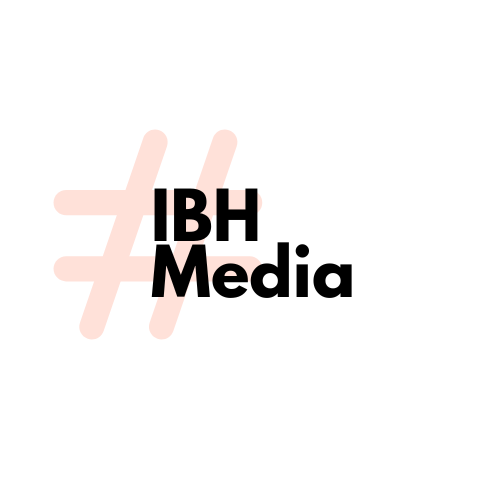The Evolution of Female Representation in Advertising: From Stereotypes to Empowerment
The portrayal of women in advertising has undergone significant transformation over the past several decades. This evolution reflects broader societal changes and a growing awareness of gender equality. Advertising, as a mirror to societal values and attitudes, offers a fascinating lens through which to view the shifting roles and perceptions of women.
The Early Days: Stereotypes and Idealization
In the early to mid-20th century, advertisements predominantly cast women in domestic roles, reinforcing traditional gender stereotypes. Women were often depicted as homemakers, mothers, or objects of desire, their worth tied to their appearance and ability to maintain a household. This portrayal not only limited women's perceived roles in society but also set unrealistic beauty and behavior standards.
The Feminist Movements: A Call for Change
The feminist movements of the 1960s and 1970s sparked significant social and cultural shifts. Women began to challenge their traditional roles, both in the home and the workplace, demanding equal rights and opportunities. This period marked the beginning of a slow but steady change in female representation in advertising. Brands started to depict women in a broader range of roles, acknowledging their emerging presence and power in the workforce and public life.
The 1980s and 1990s: Power and Professionalism
As more women entered the workforce and attained higher levels of education and professional status, advertising began to reflect these changes. The 1980s and 1990s saw the rise of the "power woman" in advertising – confident, successful, and independent. However, this era also witnessed a continuation of mixed messages, where women were portrayed as professionals yet still expected to embody traditional beauty and femininity standards.
The 2000s: Diversity and Realism
The turn of the millennium brought a growing demand for more authentic and diverse representations of women in media and advertising. Ad campaigns started to feature women of different ages, body types, ethnicities, and backgrounds, challenging the narrow definitions of beauty that had prevailed for decades. This period also saw the rise of campaigns focusing on women's empowerment, celebrating their strengths, achievements, and individuality.
The Digital Age: Social Media and Consumer Influence
The advent of social media has dramatically changed the advertising landscape, giving consumers a more significant voice and shifting the power dynamics between brands and their audiences. Women, in particular, have used these platforms to challenge unrealistic beauty standards and call out sexist or demeaning advertising. This has forced brands to adopt more respectful and realistic portrayals of women, emphasizing authenticity, inclusivity, and empowerment.
Challenges Remain
Despite progress, challenges remain in the fight against objectification and stereotype reinforcement in advertising. However, the continuous push for change from within the industry and society at large provides hope for a more inclusive and equitable portrayal of women in the future.
Looking Forward
The evolution of female representation in advertising is ongoing. As society progresses towards greater gender equality, we can expect advertising to continue reflecting and reinforcing these changes. The future of advertising lies in its ability to authentically represent the diversity and complexity of women's lives, moving beyond stereotypes to a more inclusive and empowering portrayal.
In conclusion, the journey from the idealized, one-dimensional representations of the past to today's more diverse and realistic portrayals marks significant progress. Yet, the evolution of female representation in advertising serves as a reminder of the power of media to shape societal attitudes and the importance of continuing to challenge and redefine traditional roles and stereotypes for a more inclusive and equitable world.
